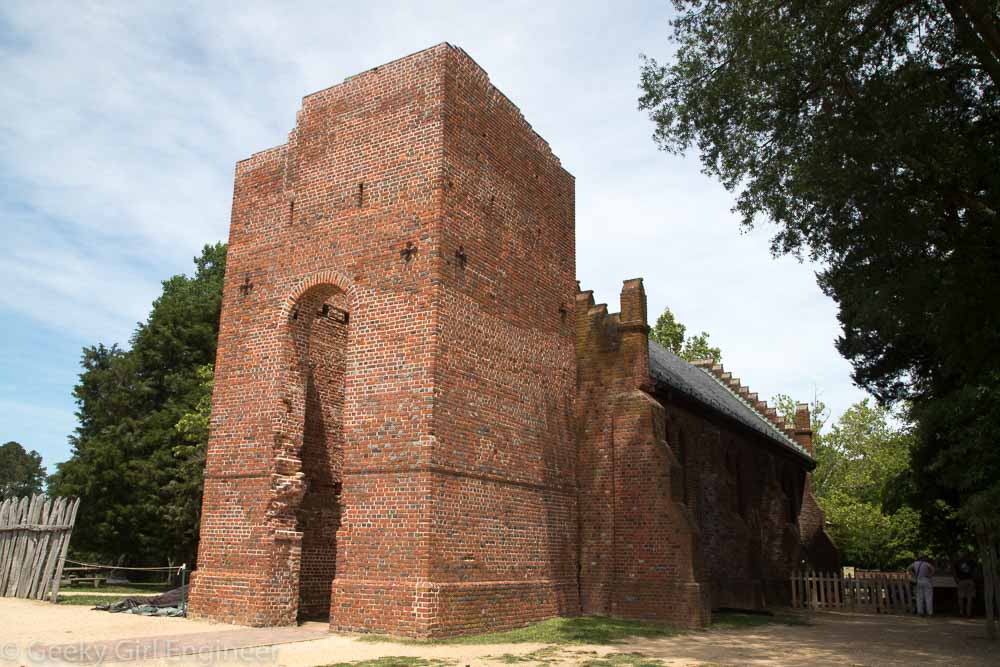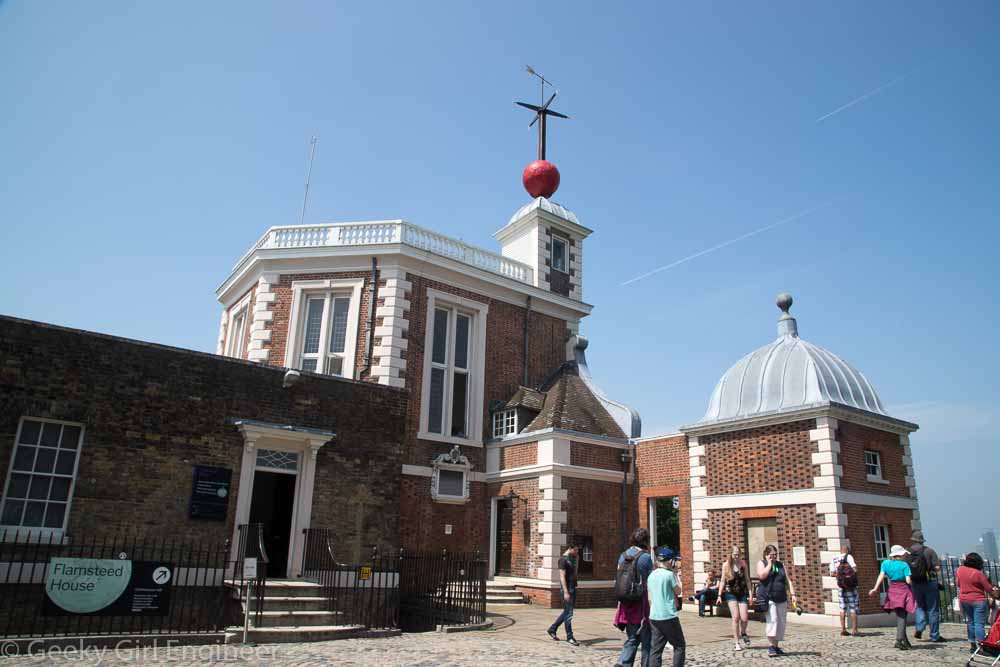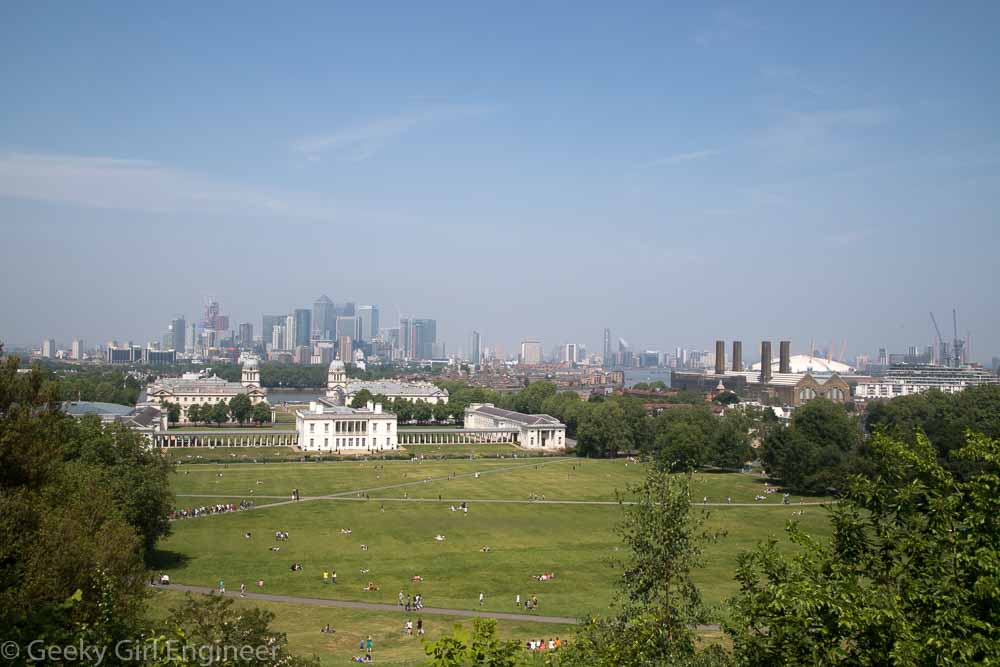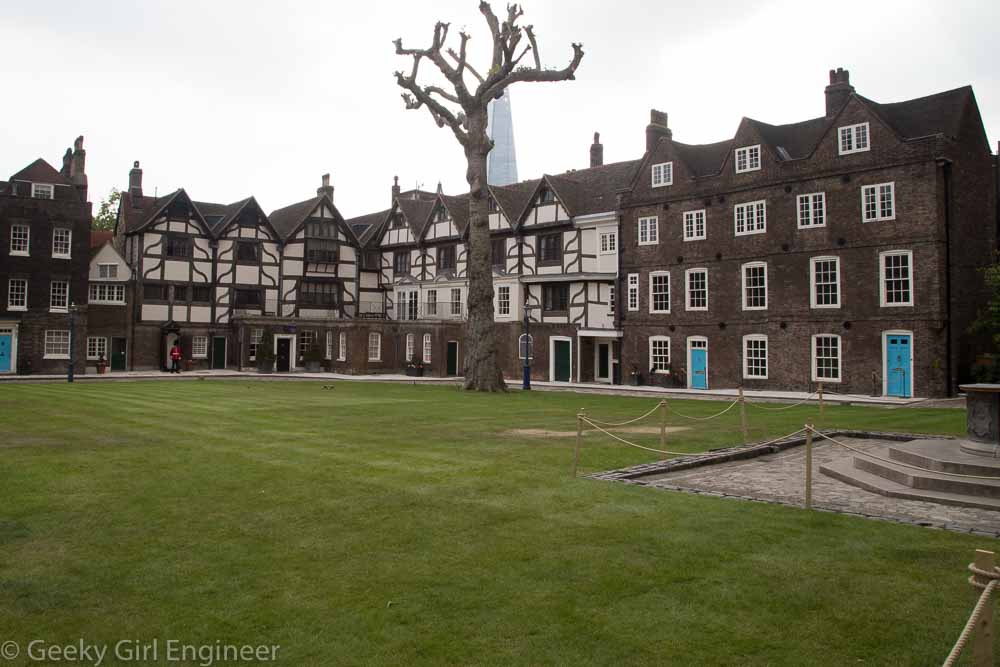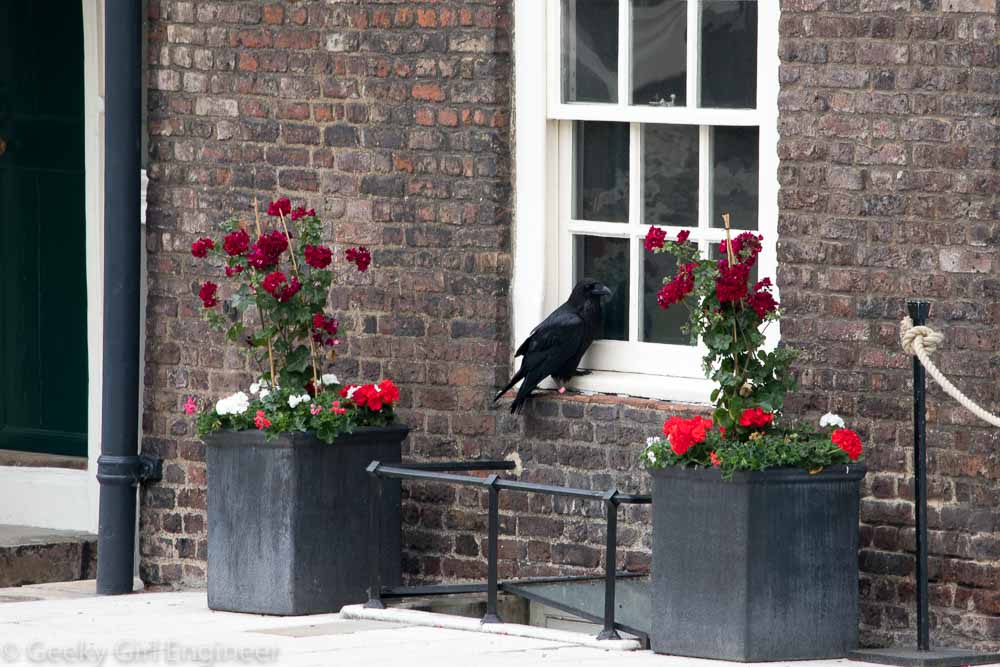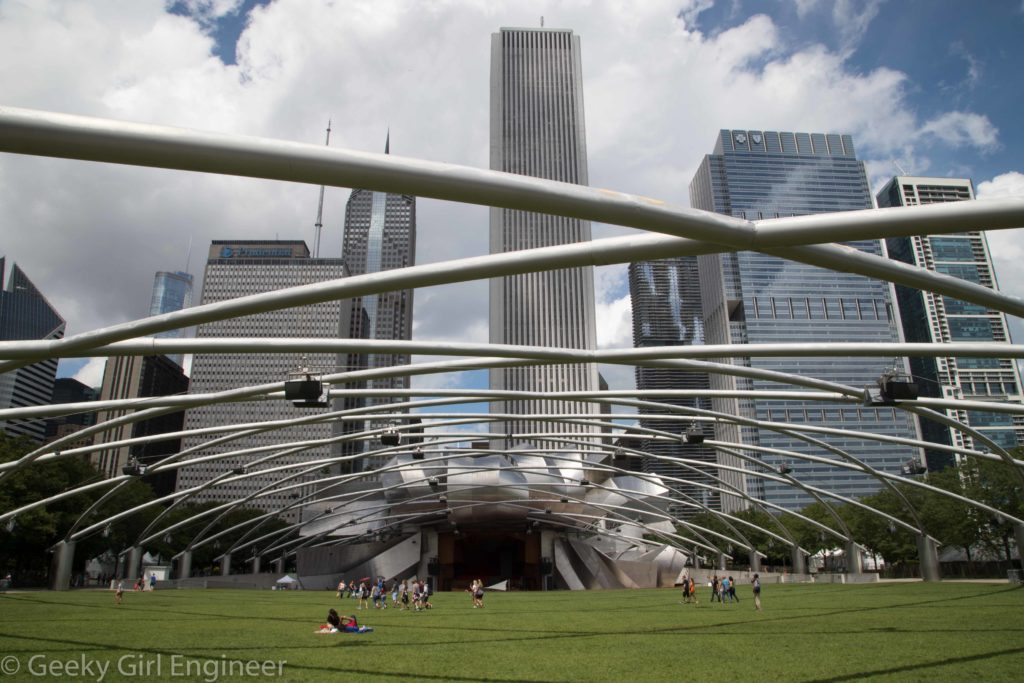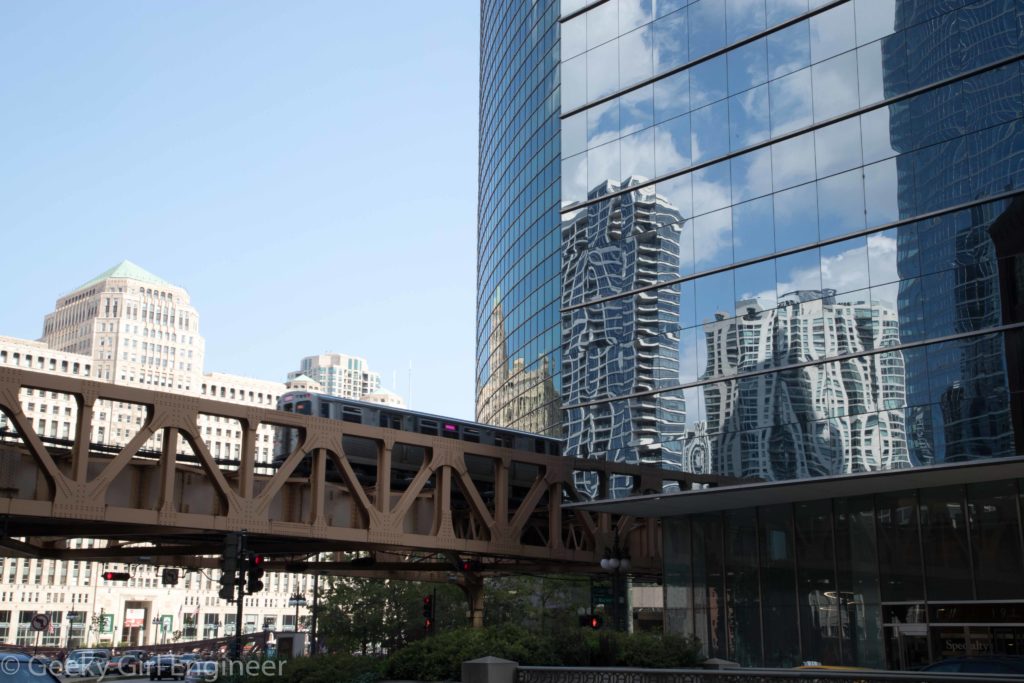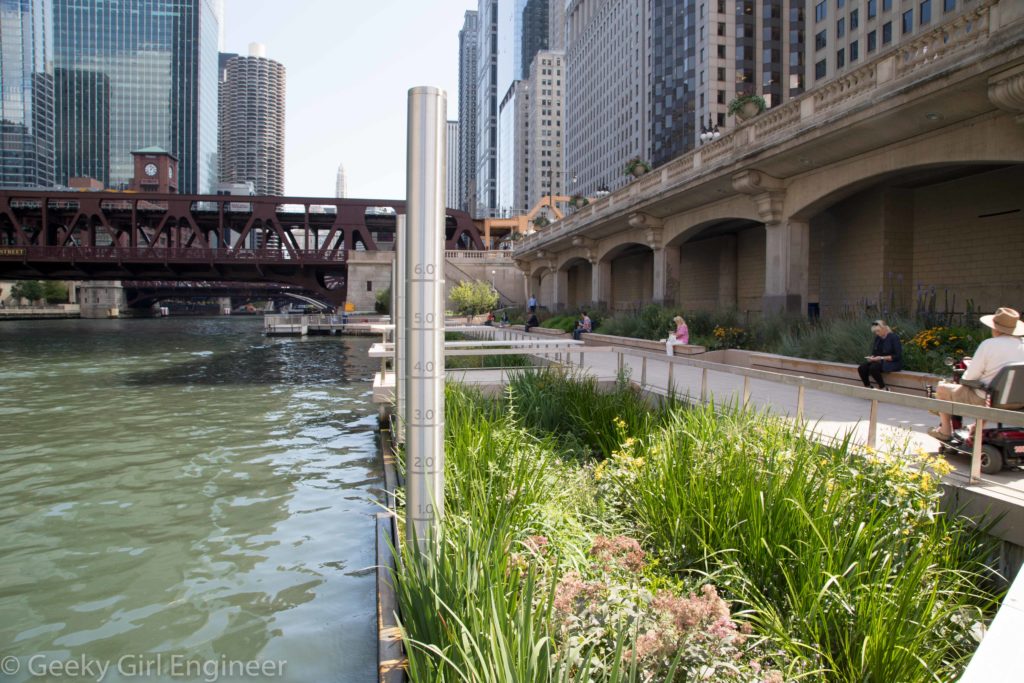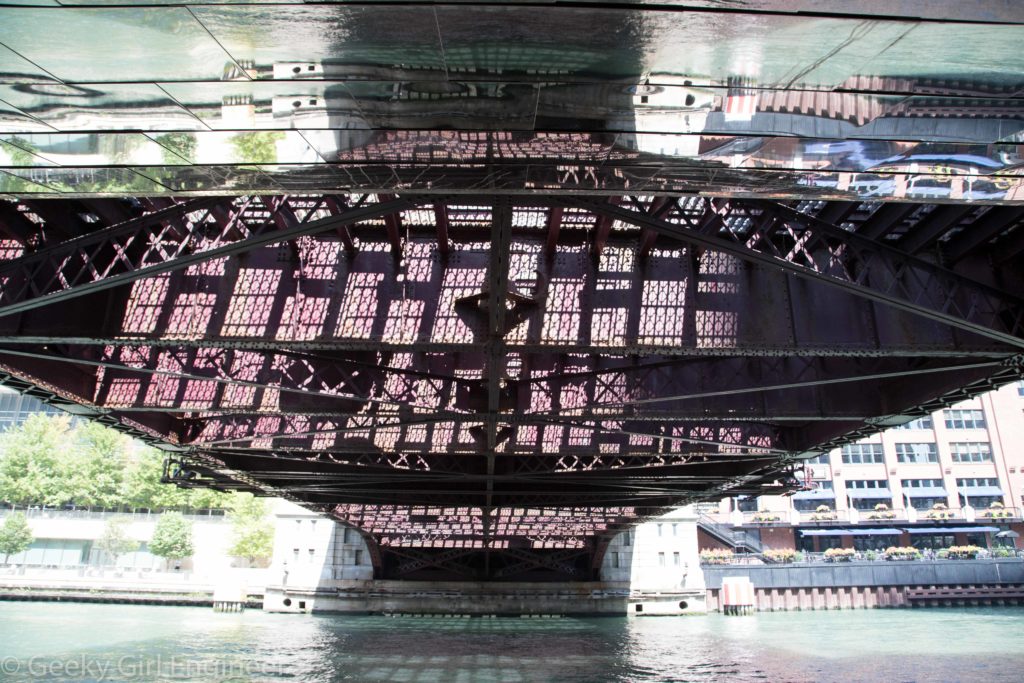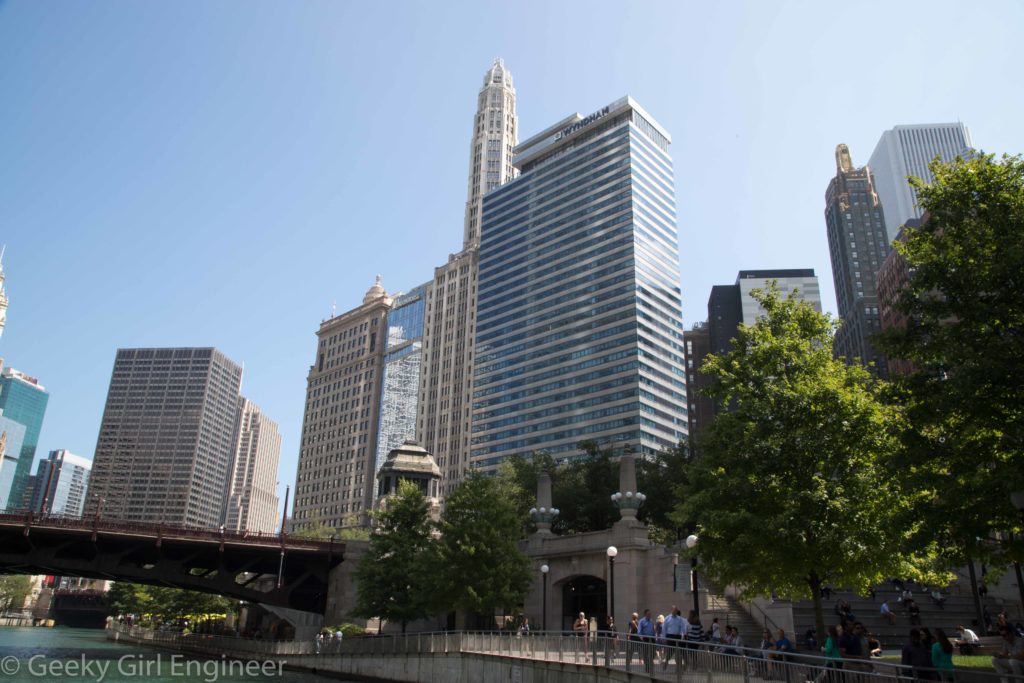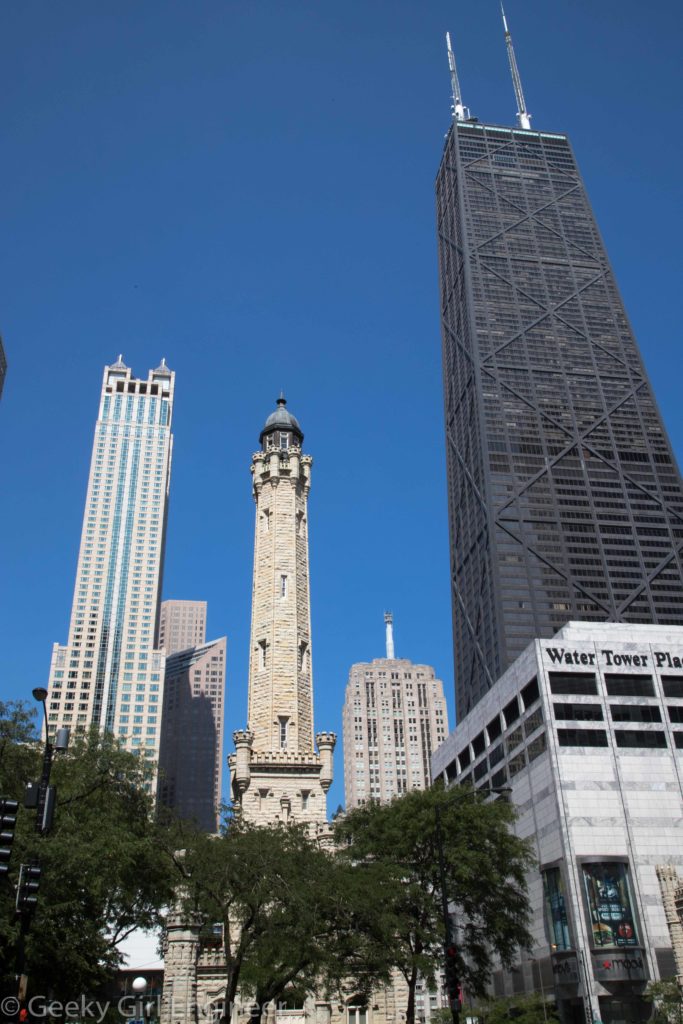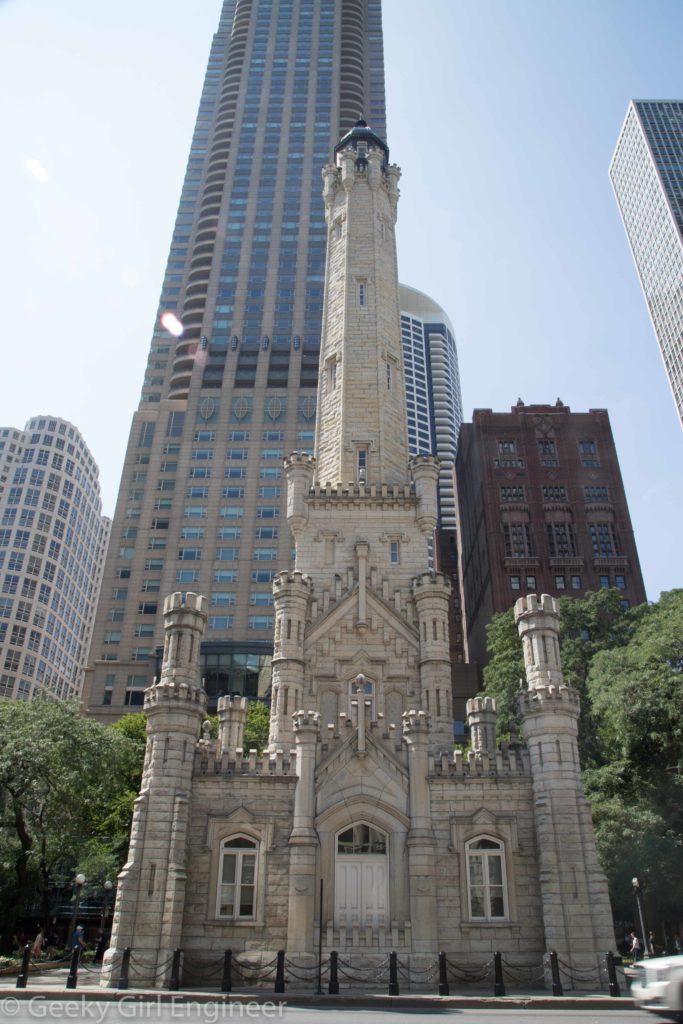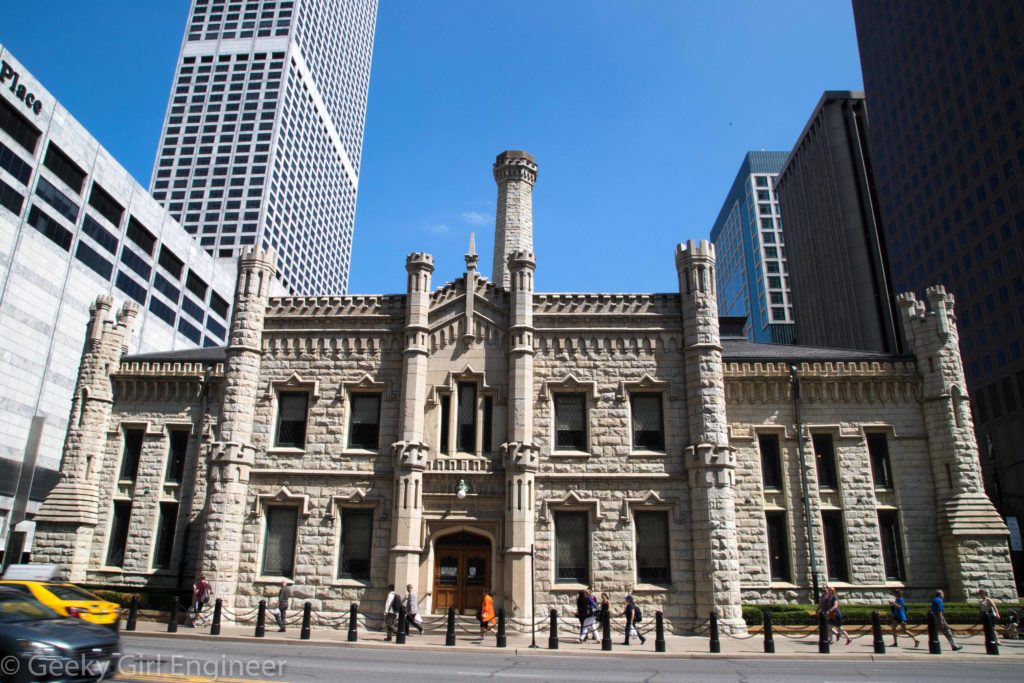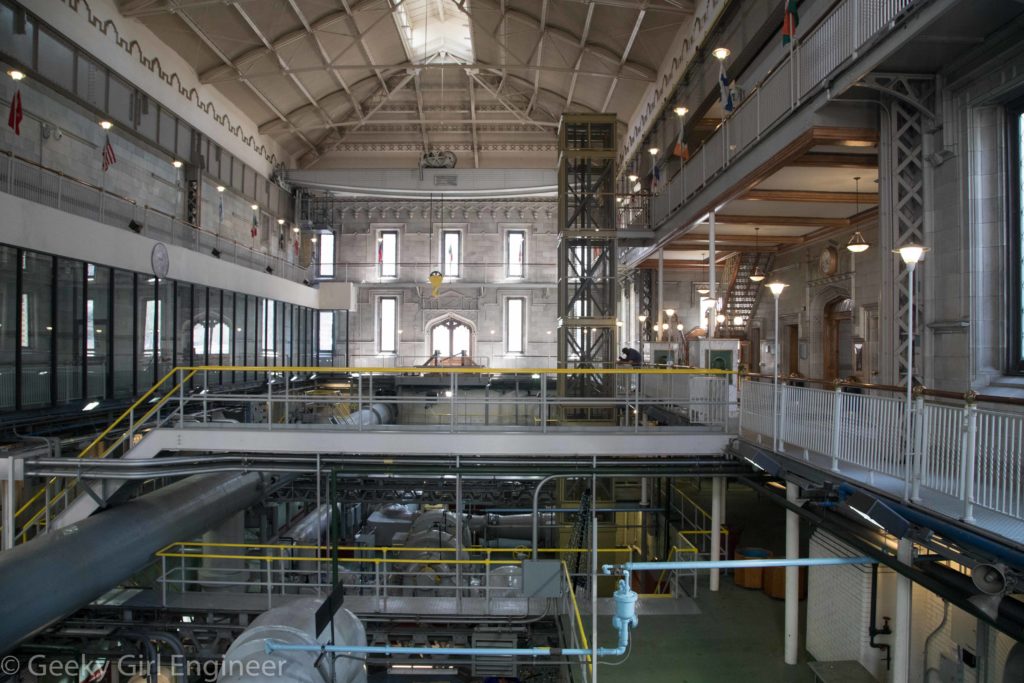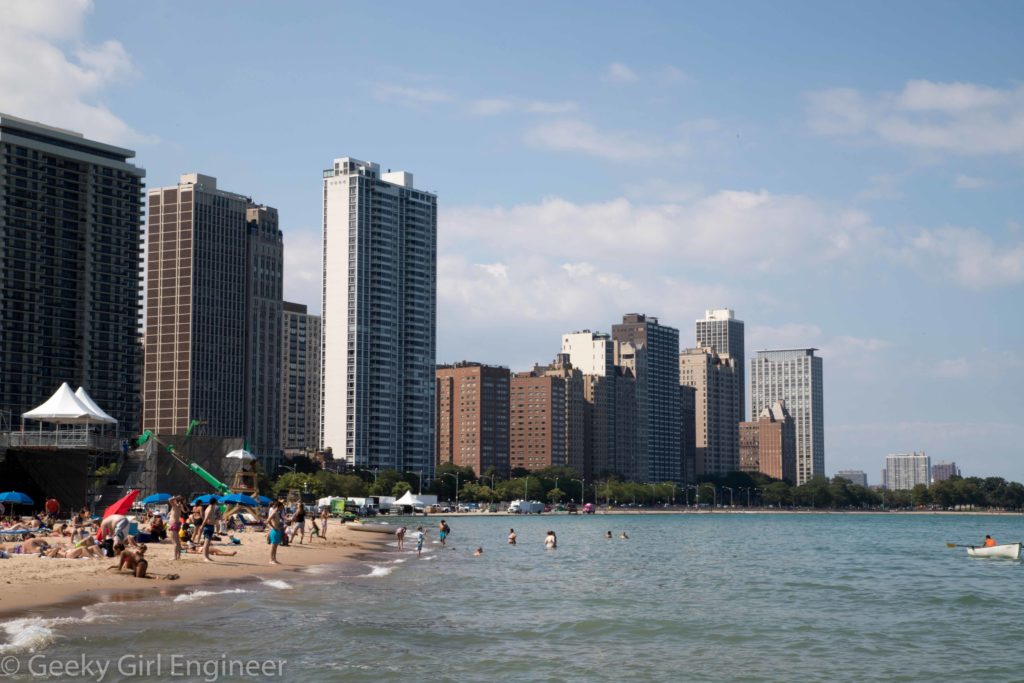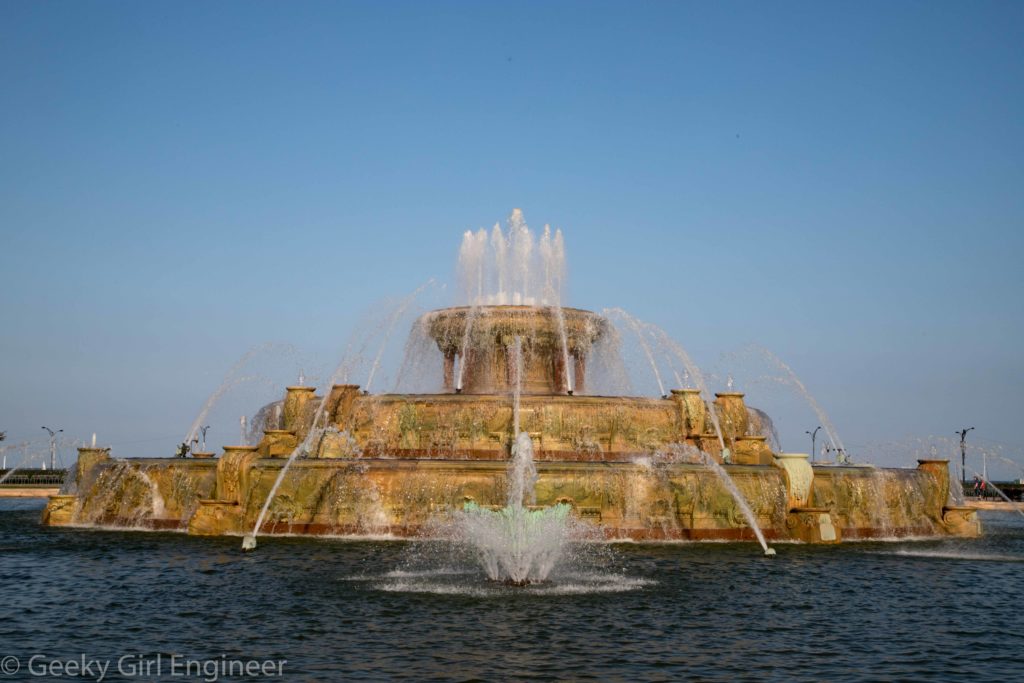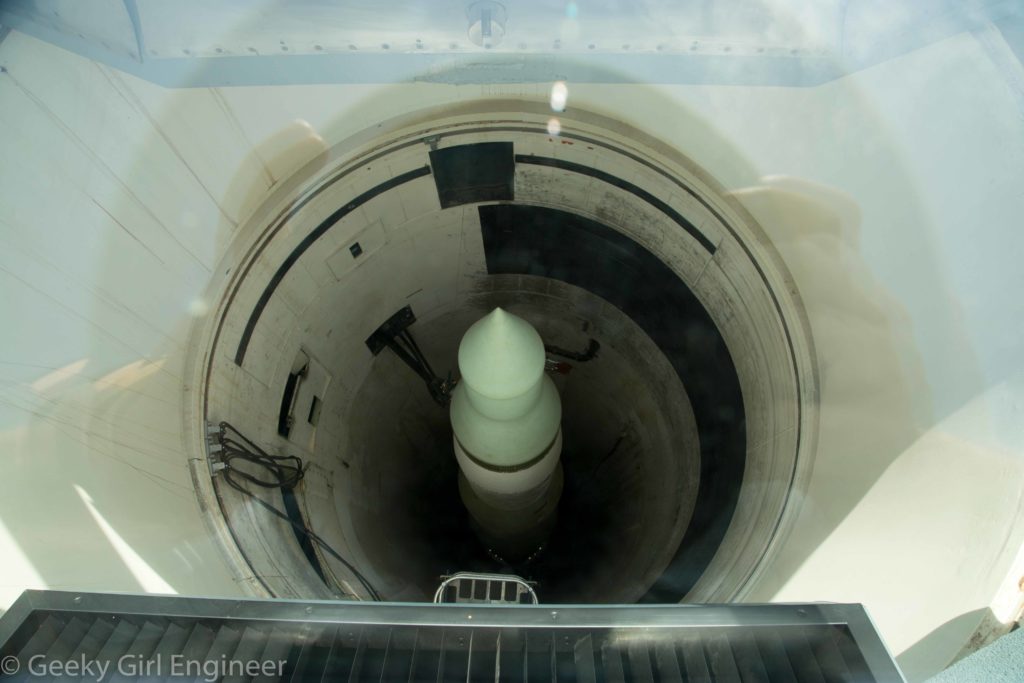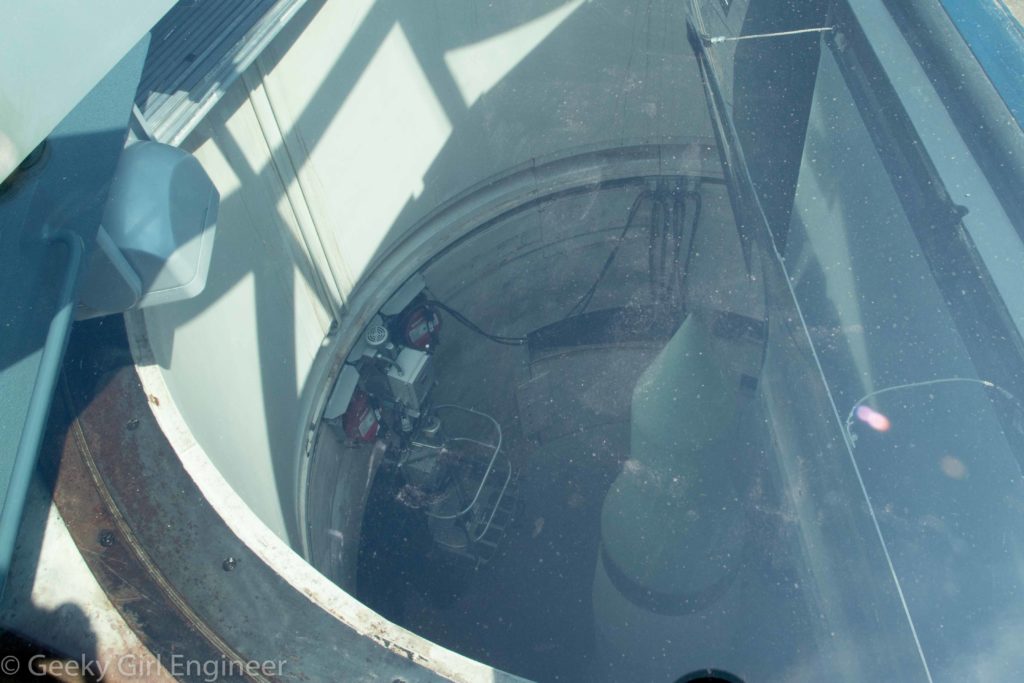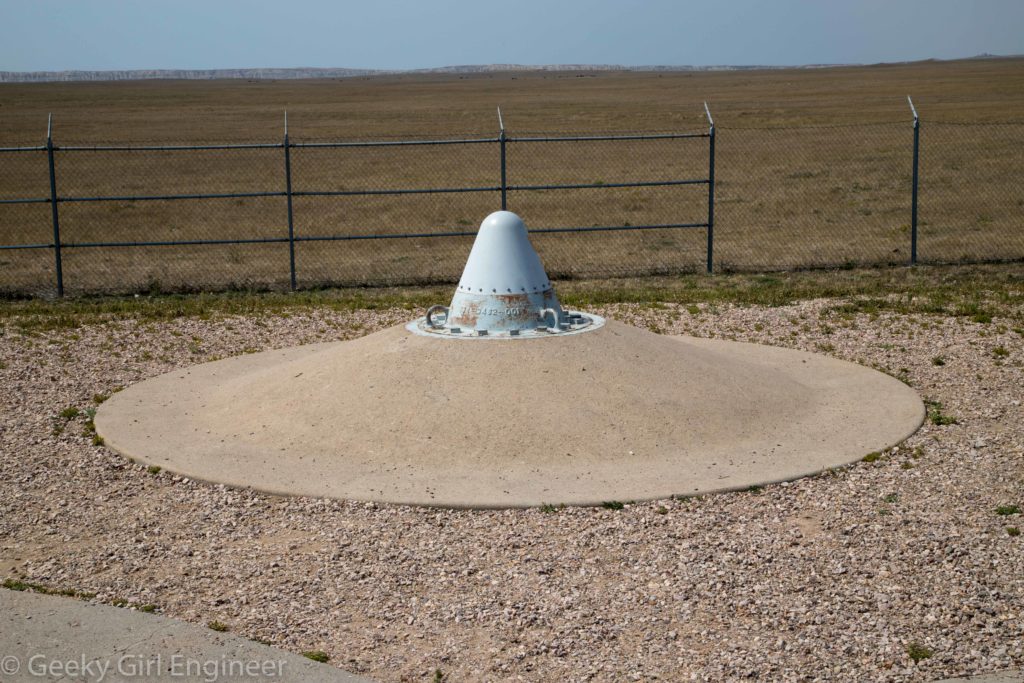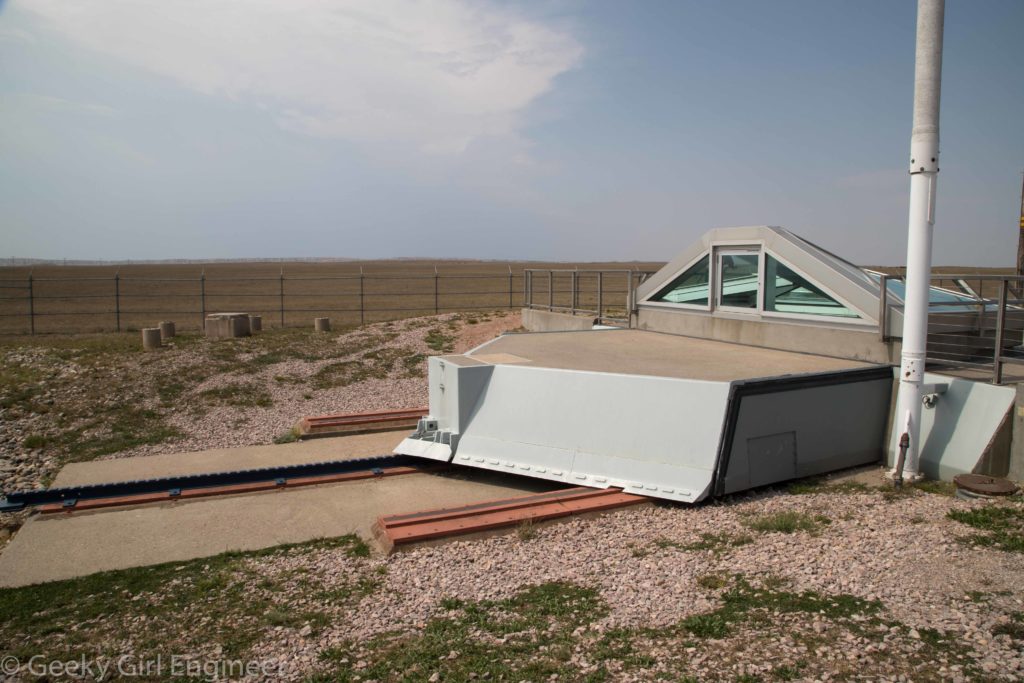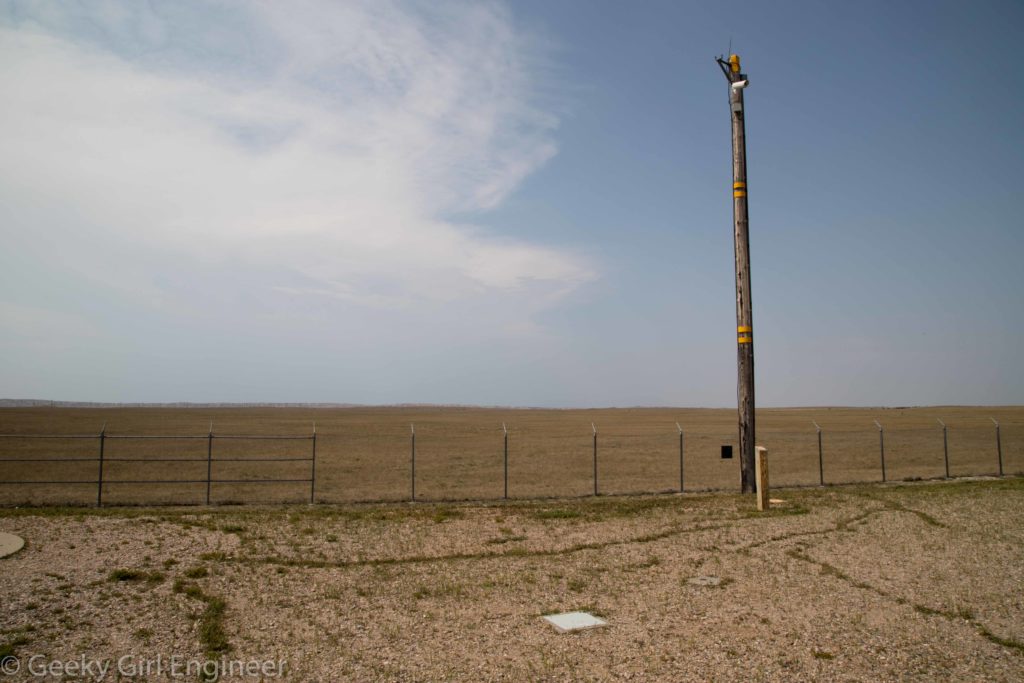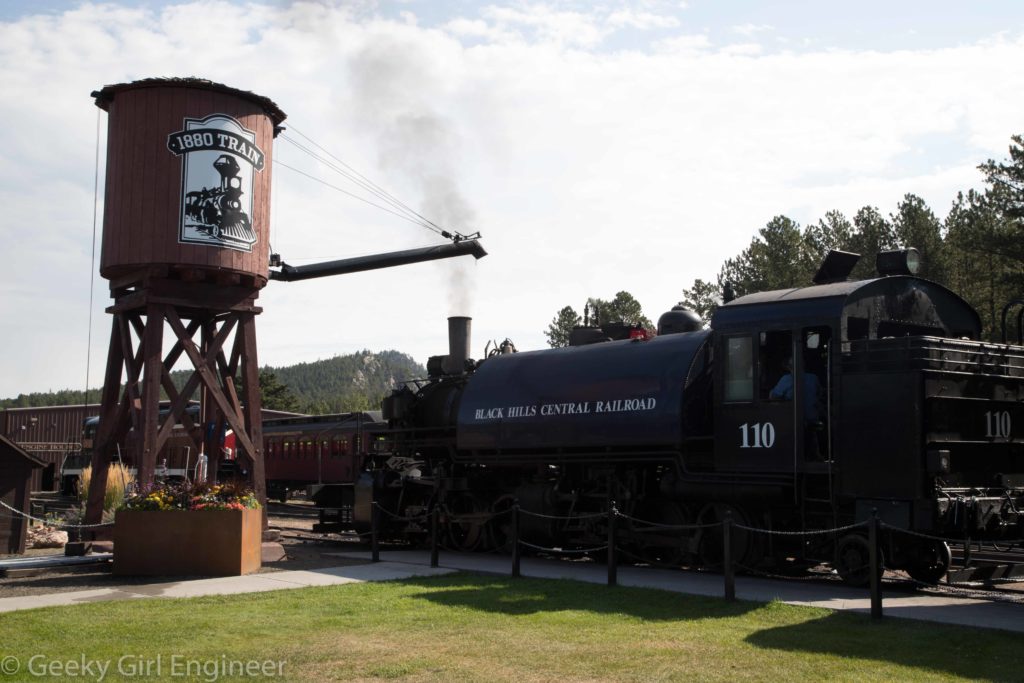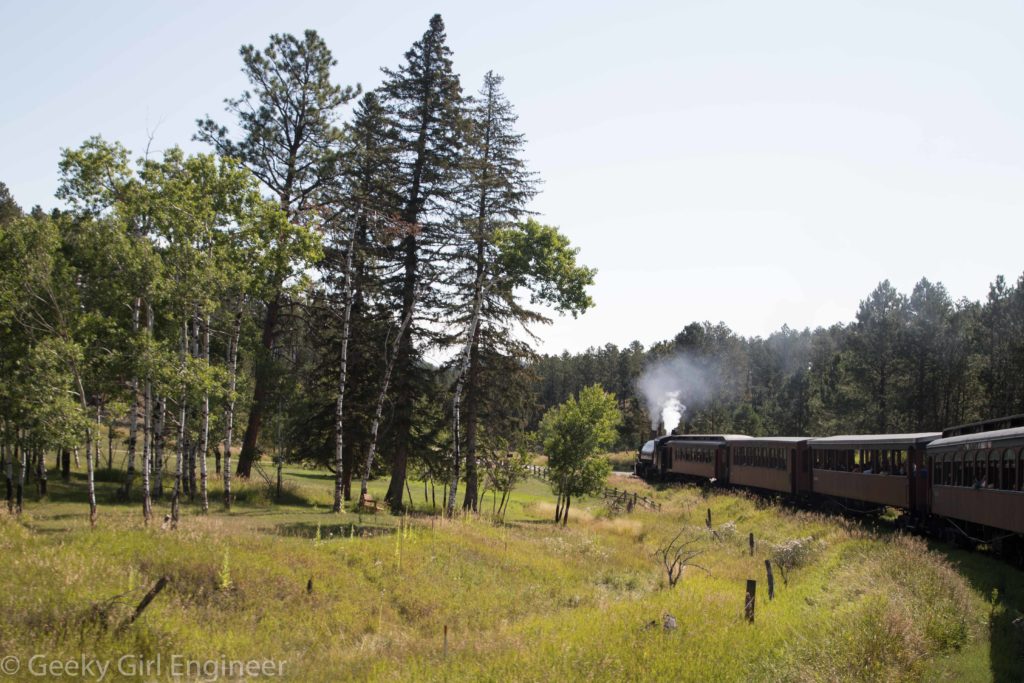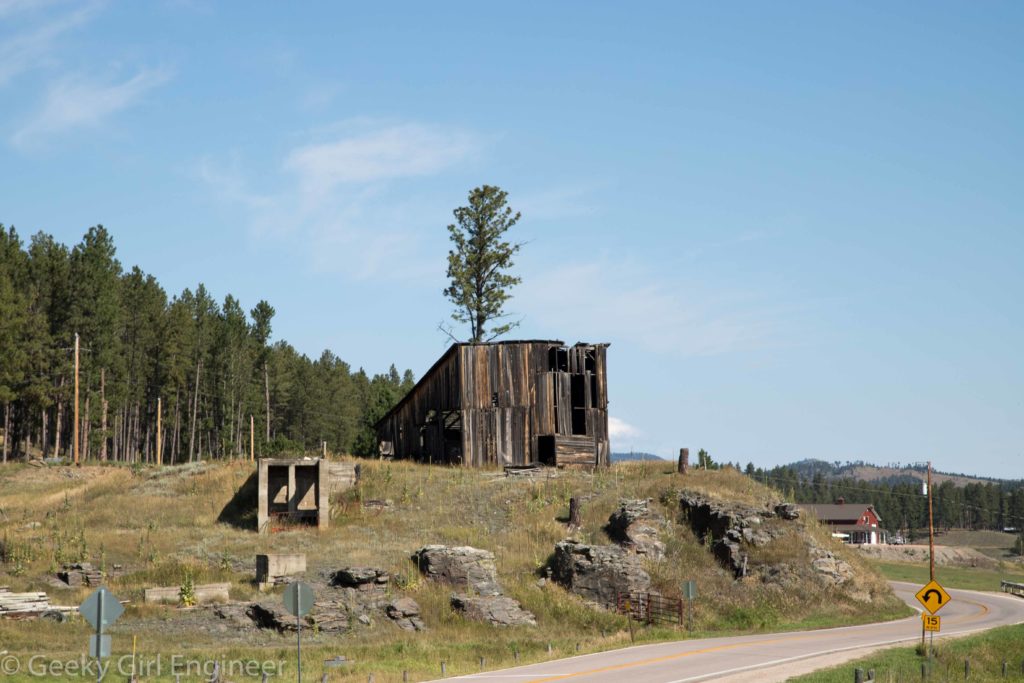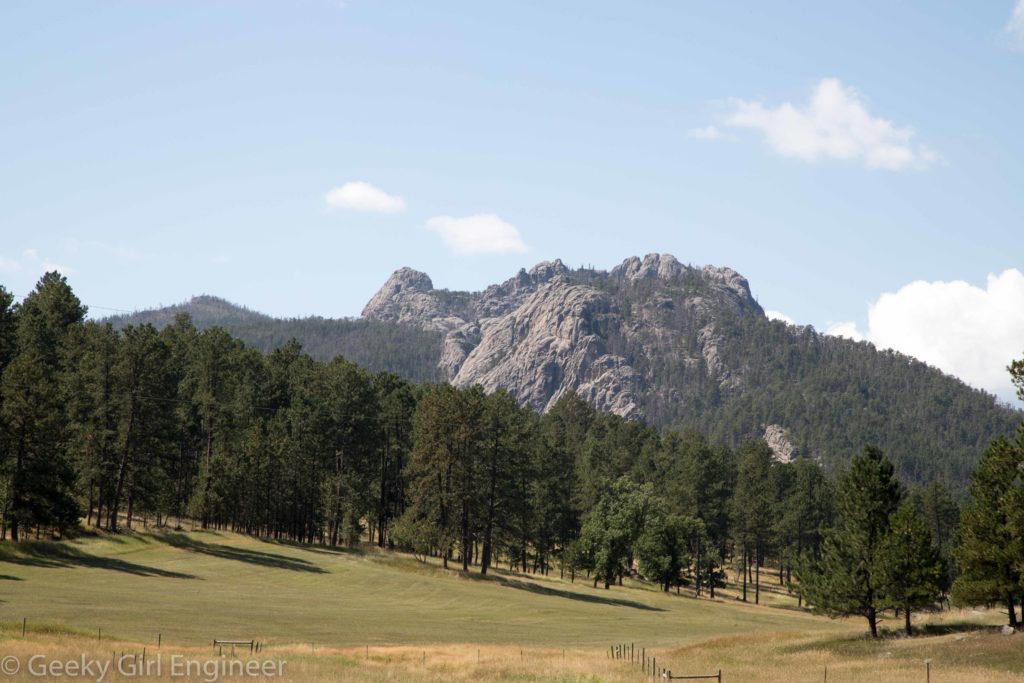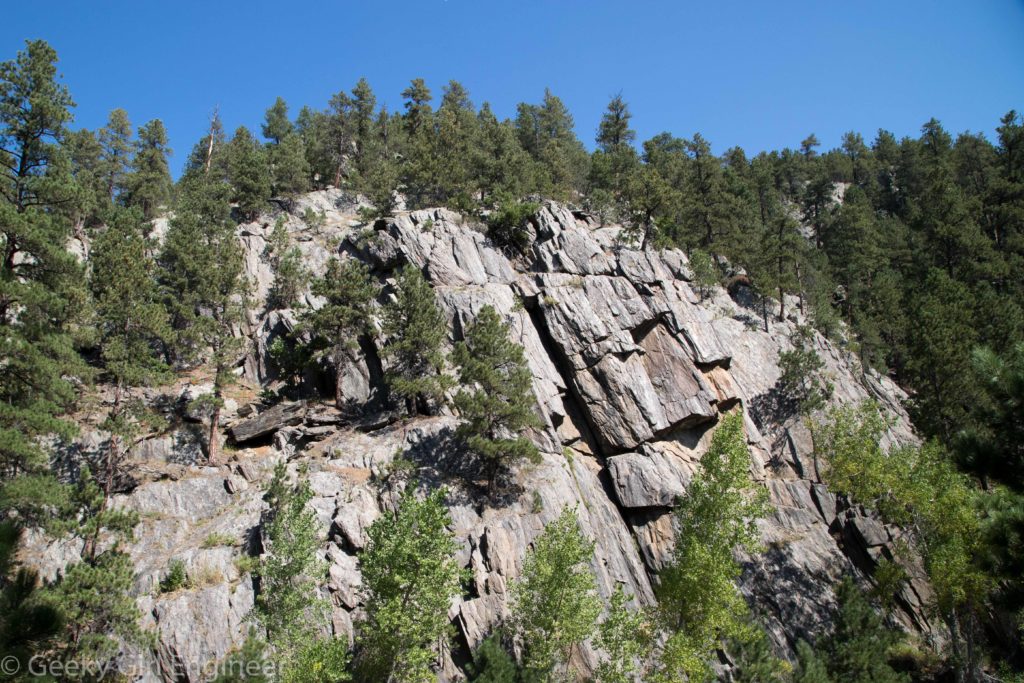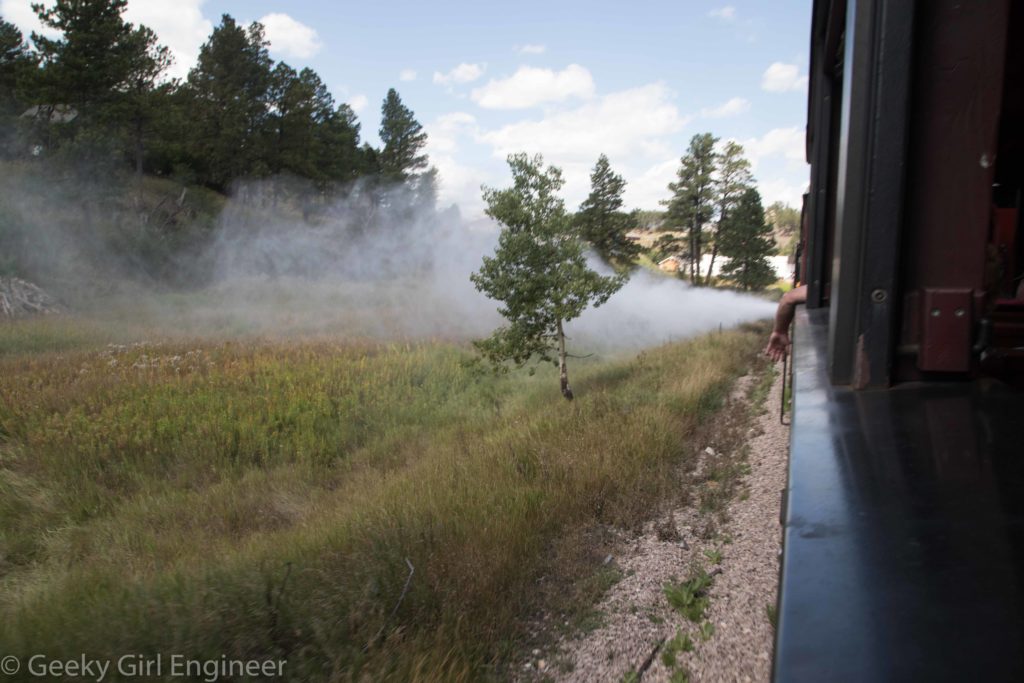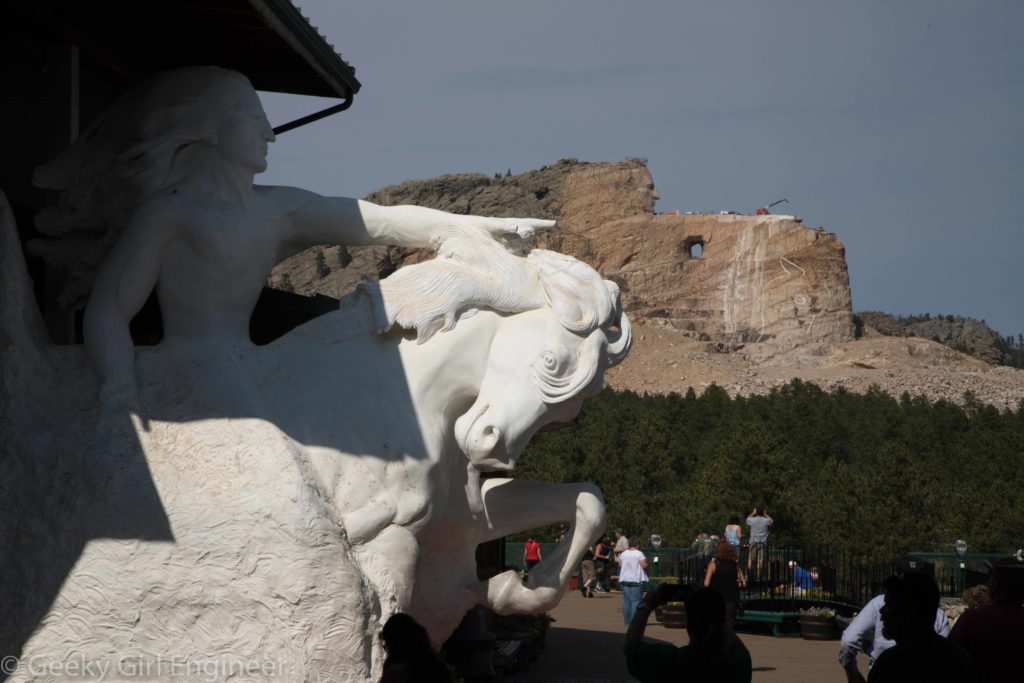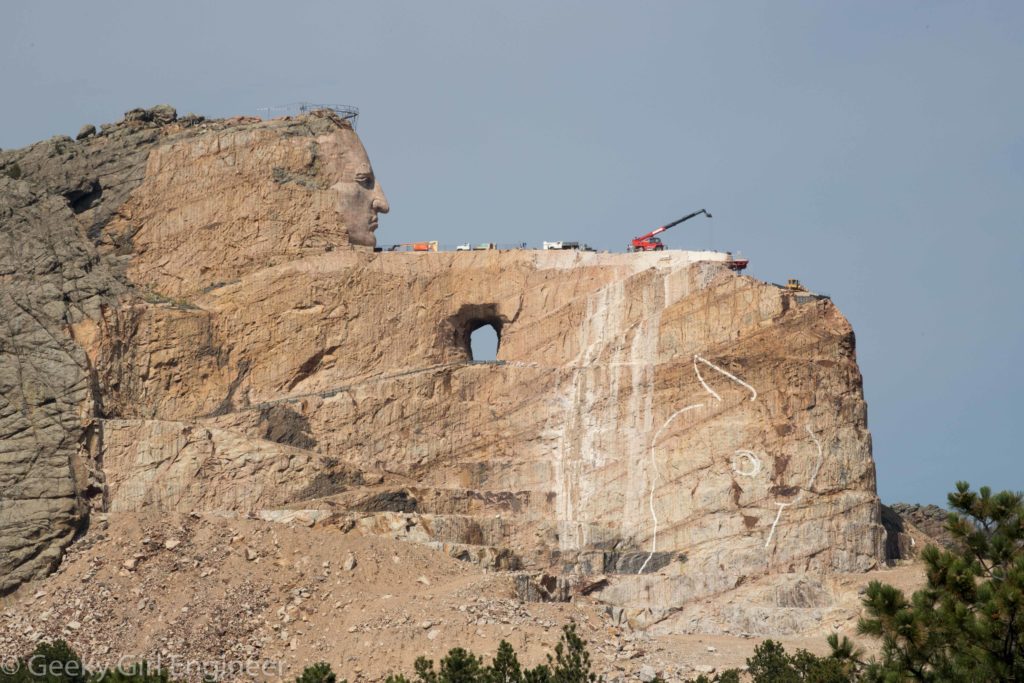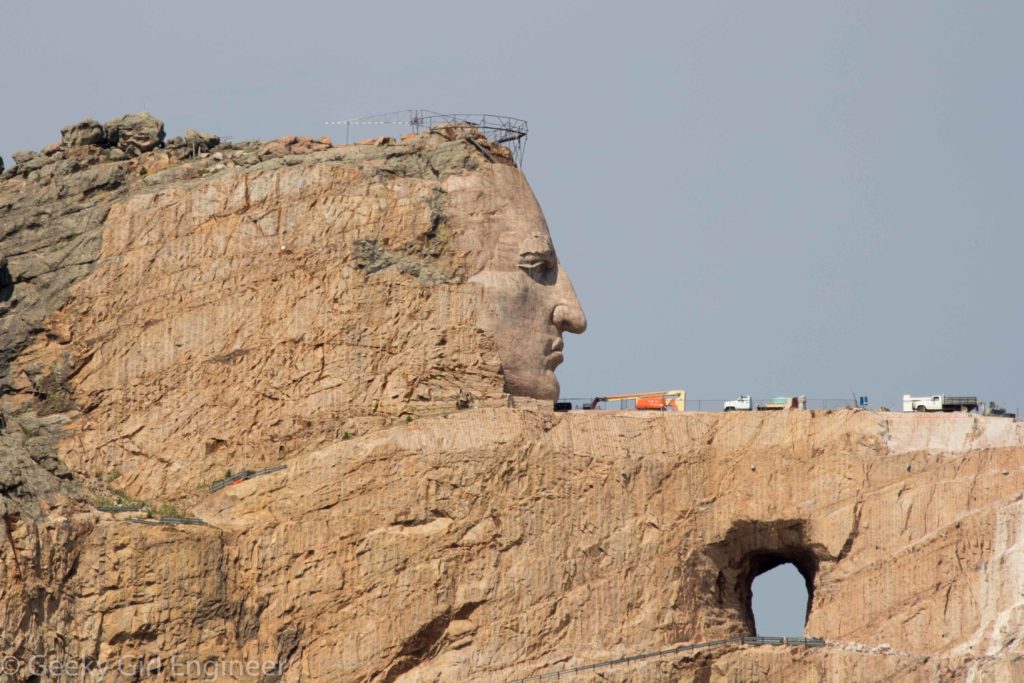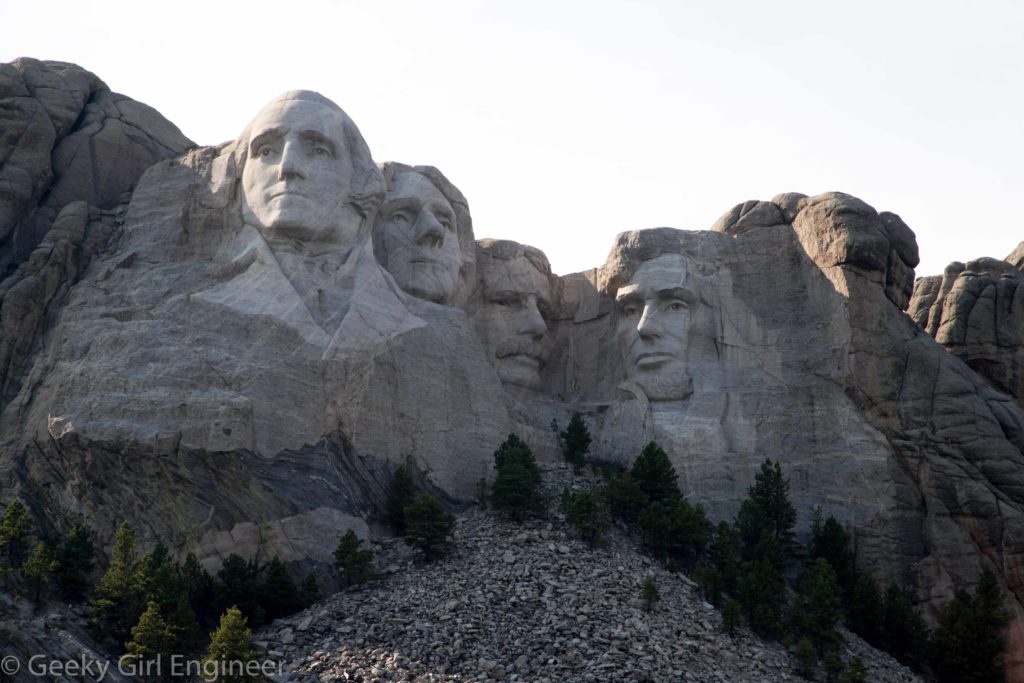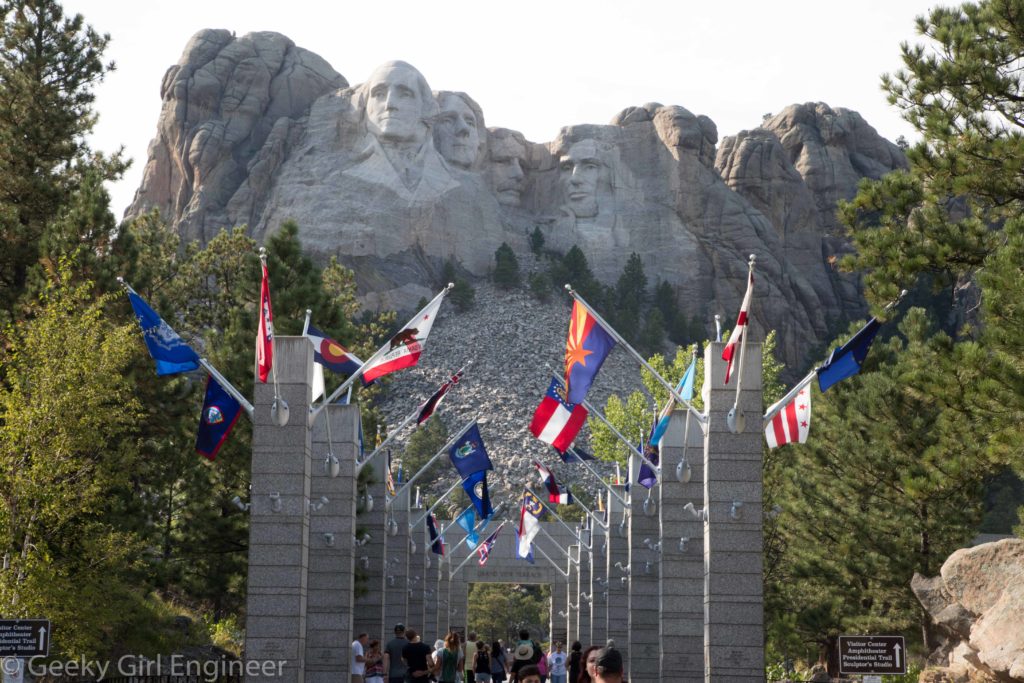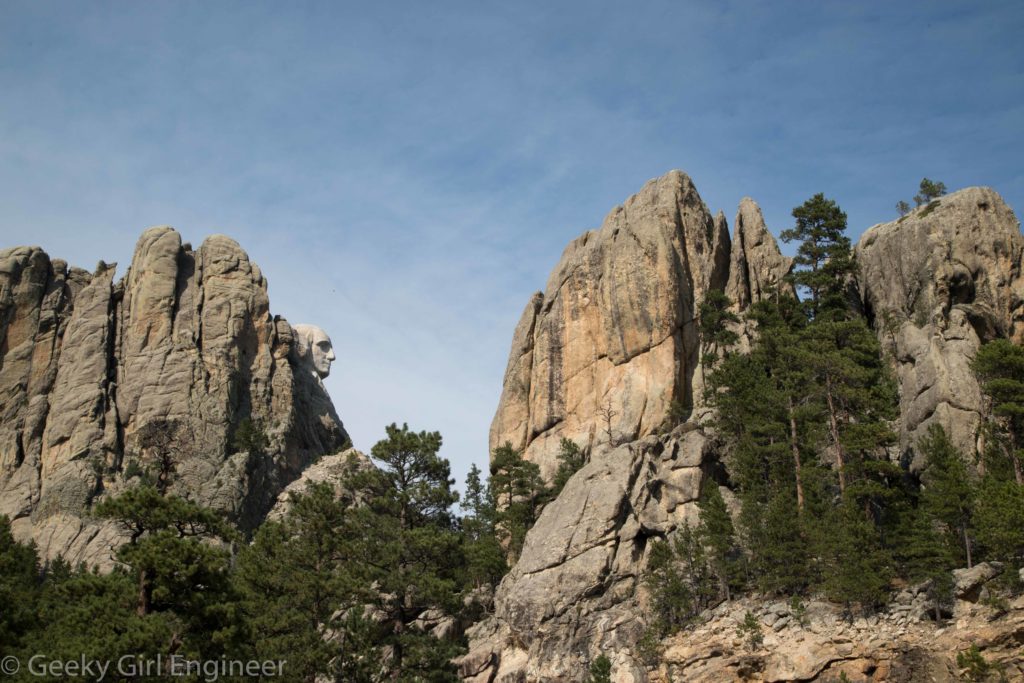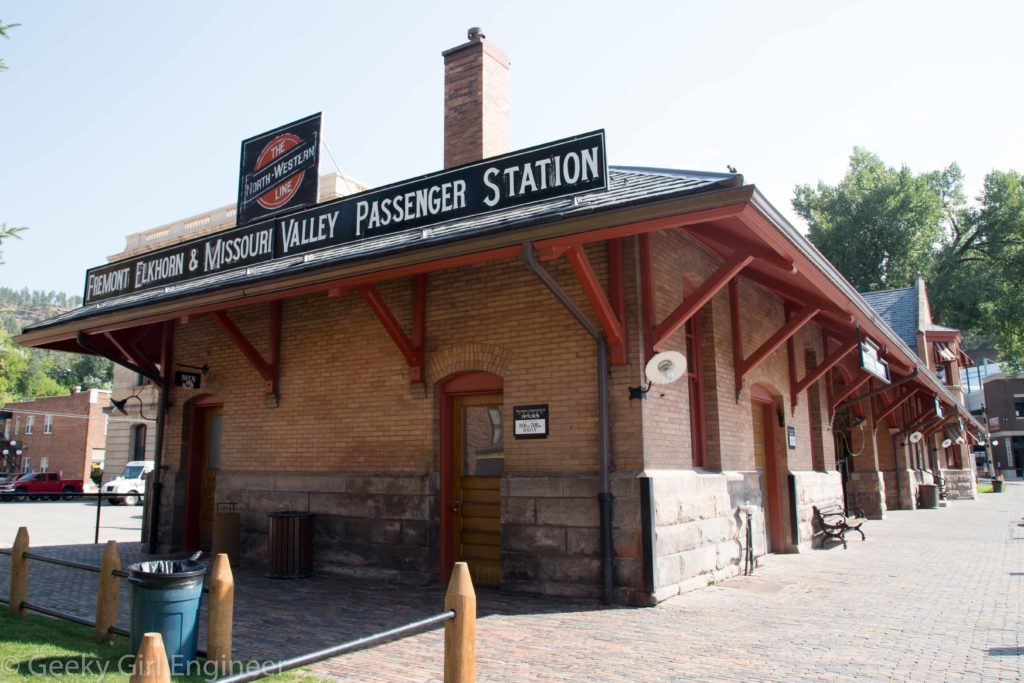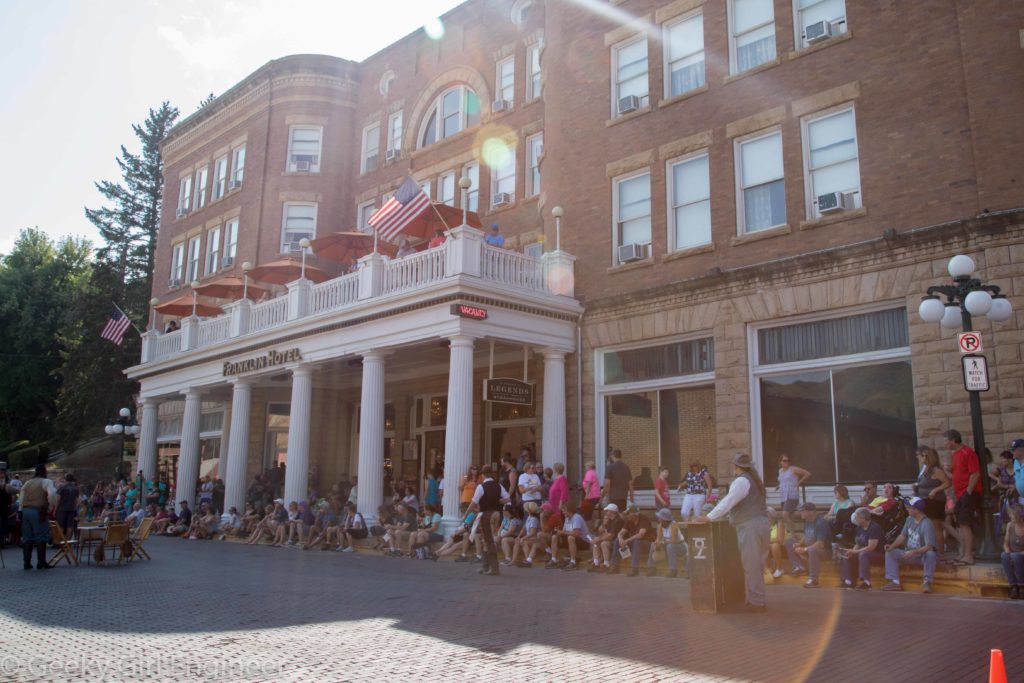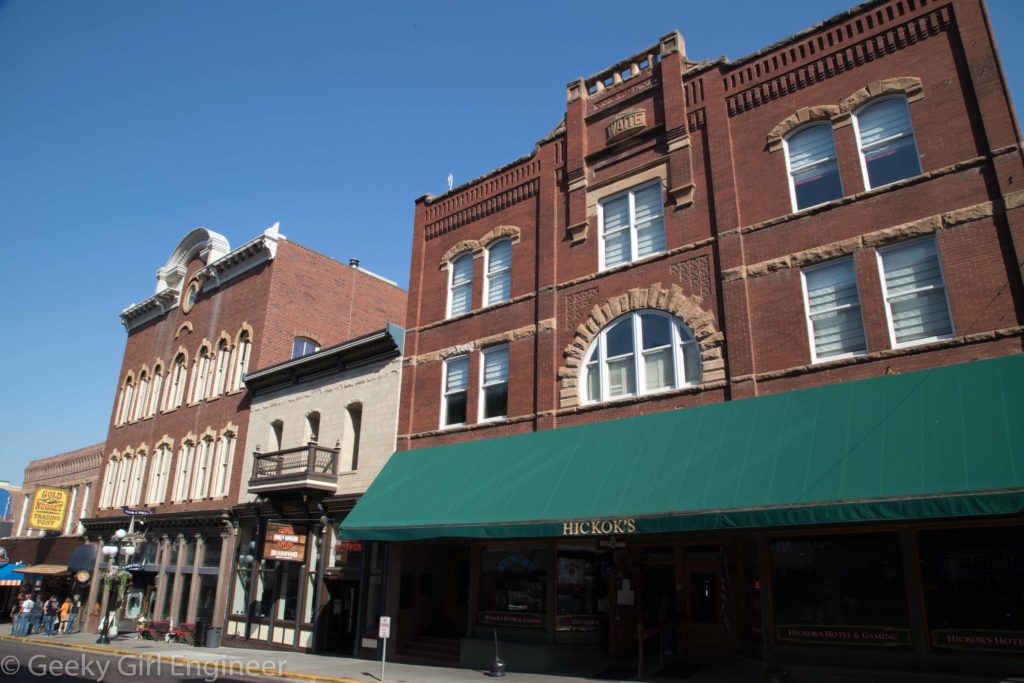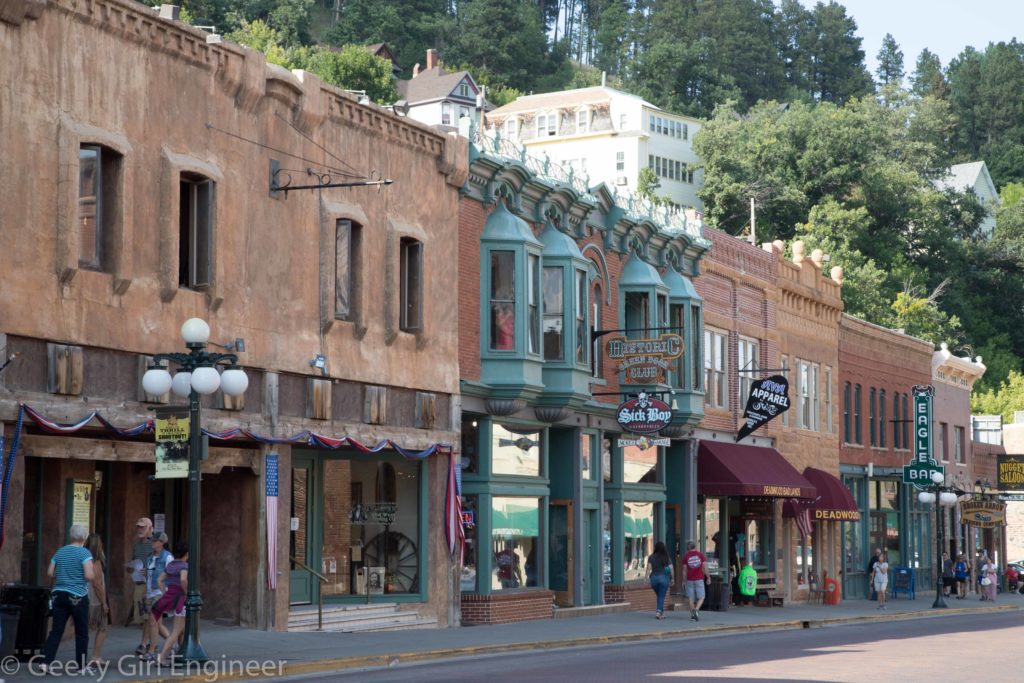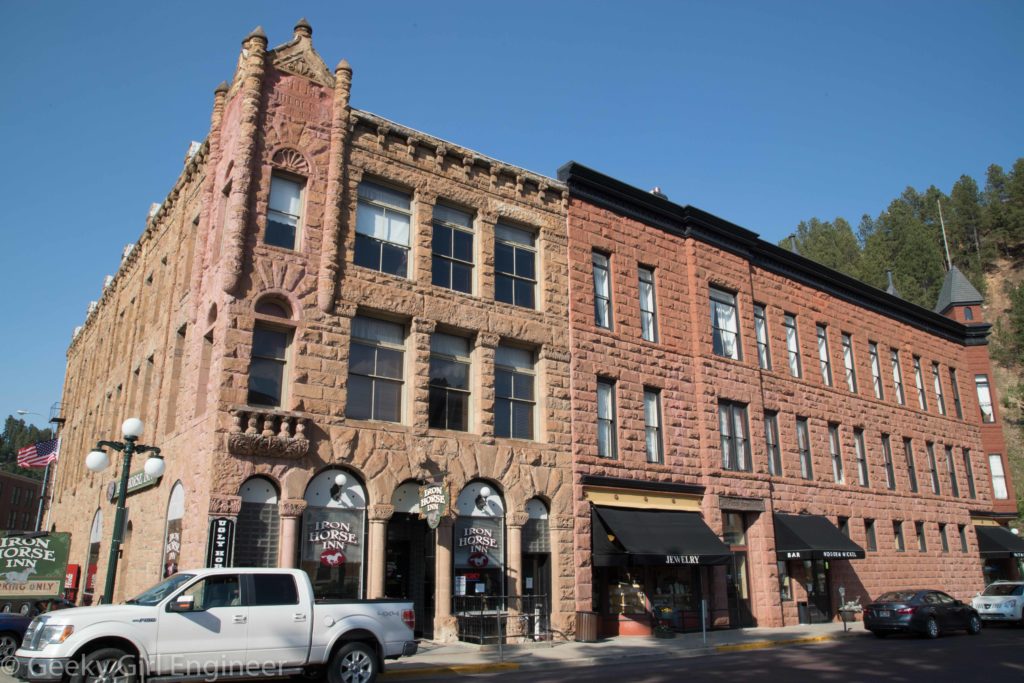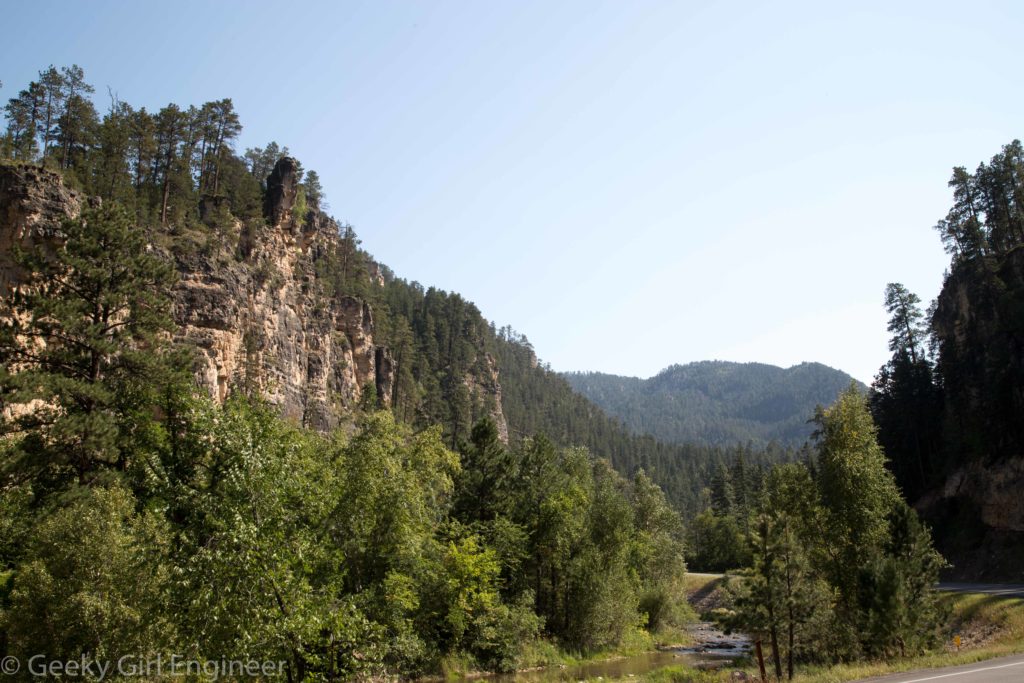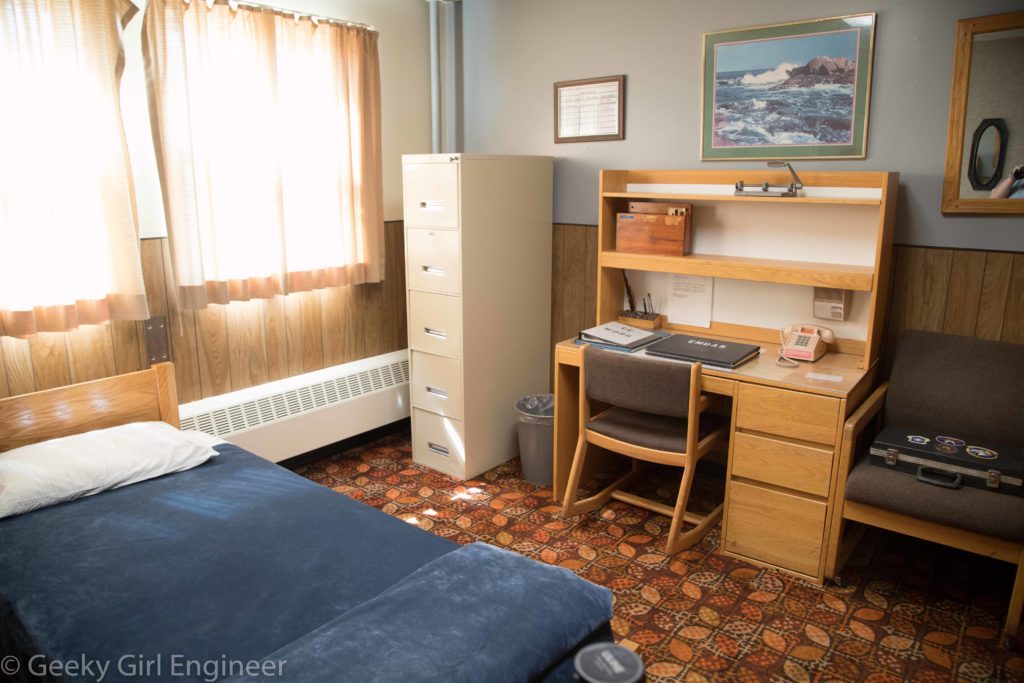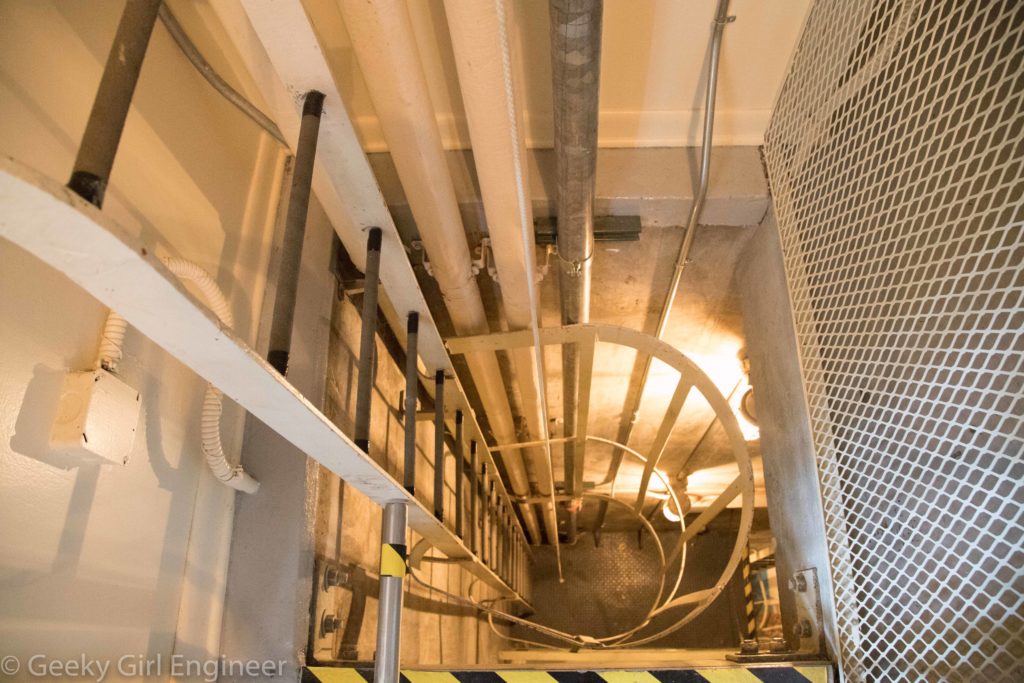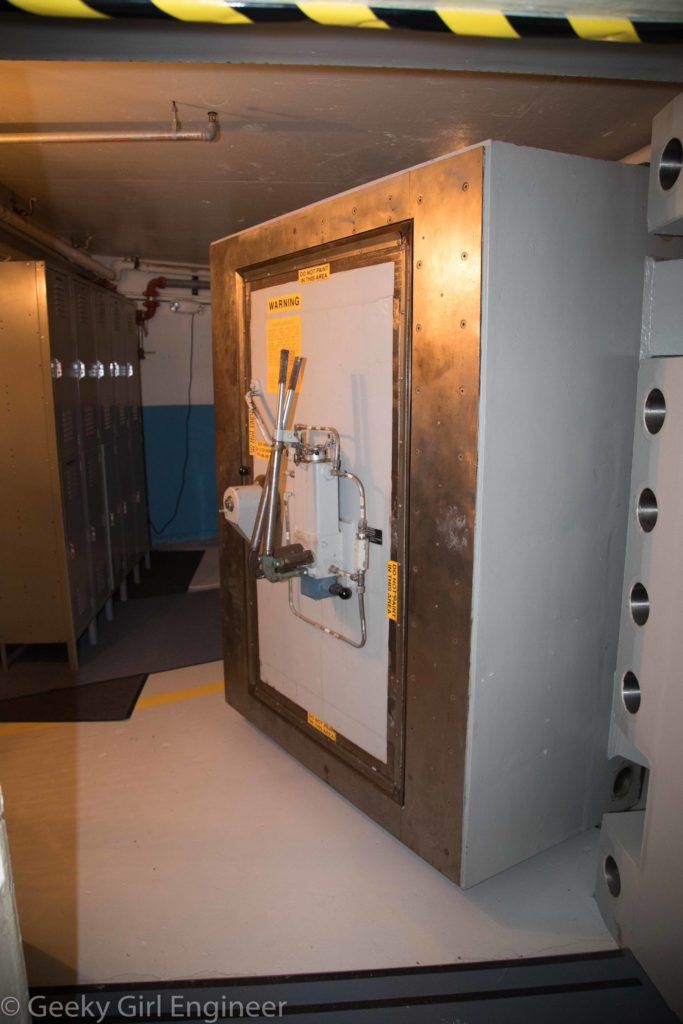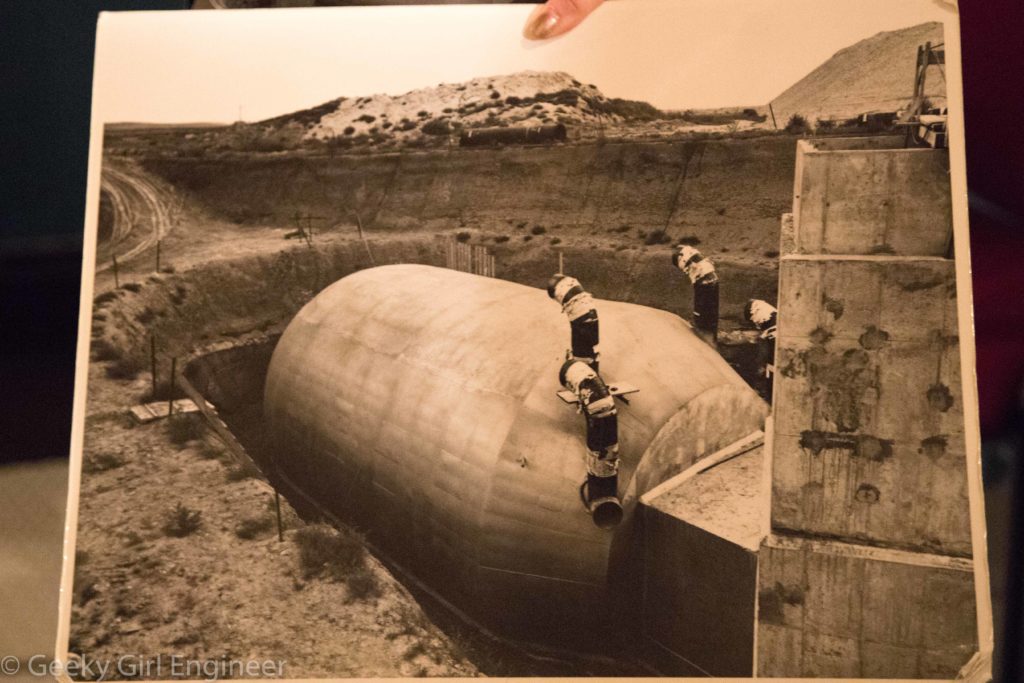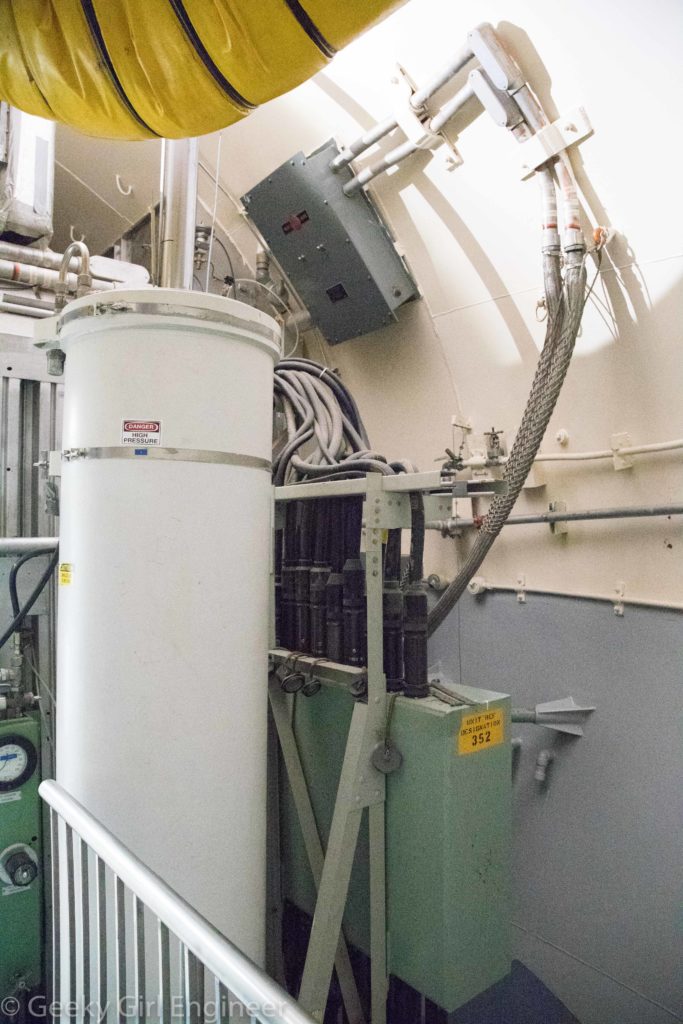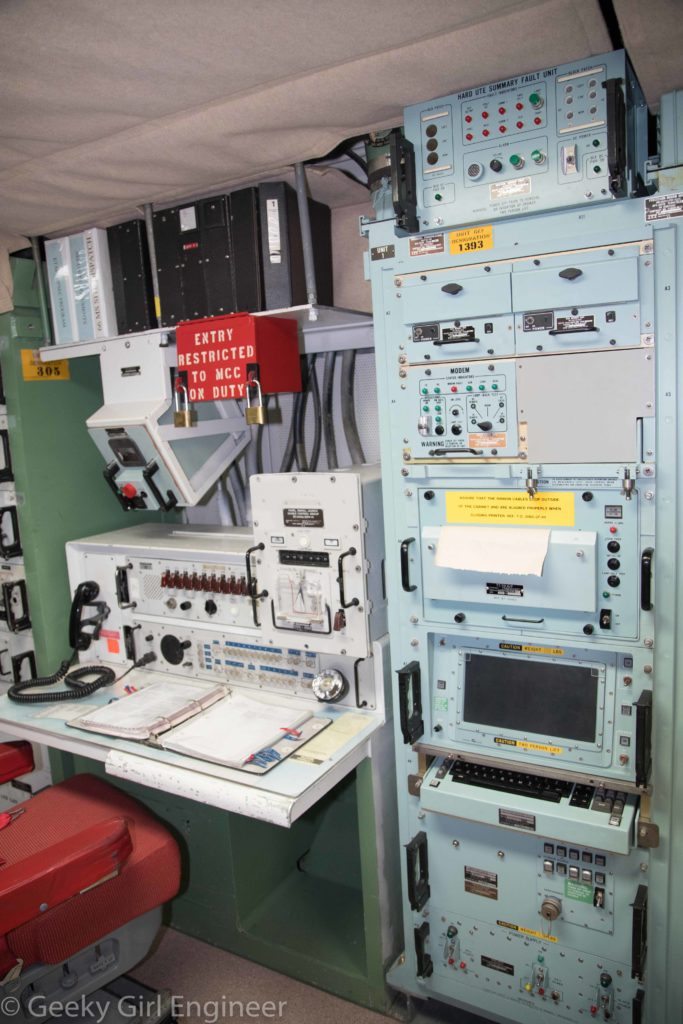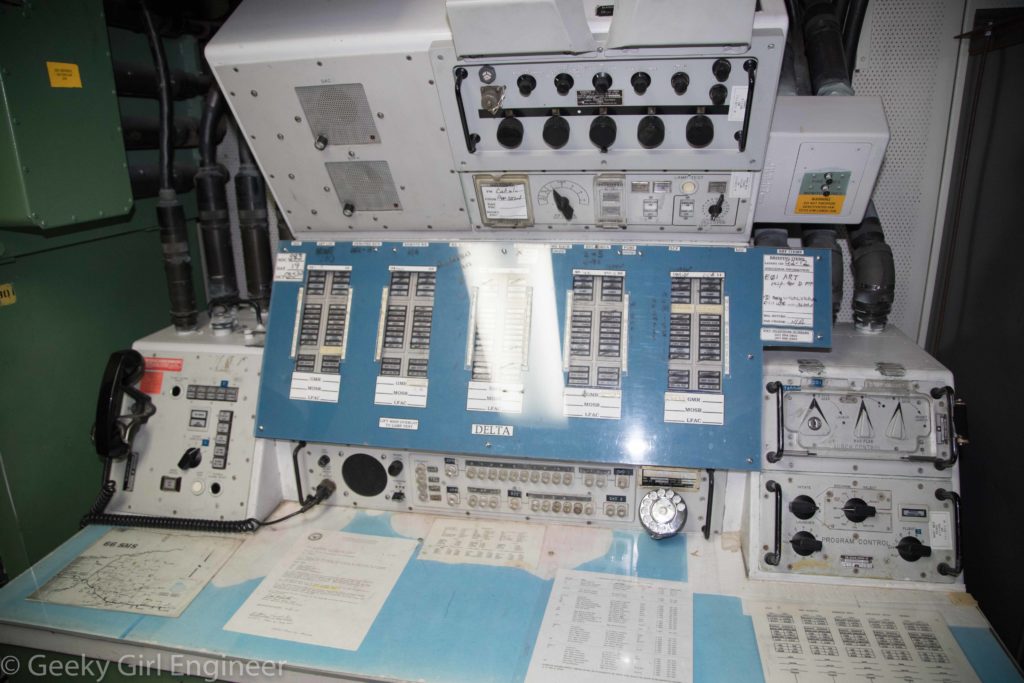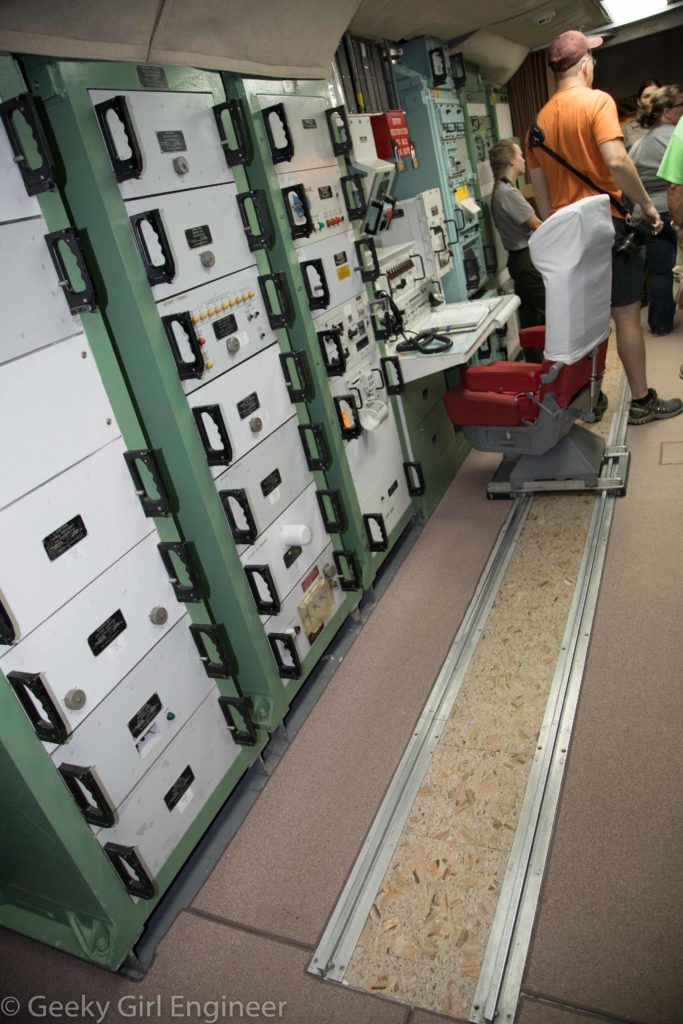I took a trip down to historic Jamestown for a tour that included not only the original fort, but also the “suburbs” of it, and a behind the scenes tour of the research area. [Photos from the research are on the next blog entry.] Jamestown is the site of the first permanent English settlement in North America. [Side note: I love all the modifiers. The lost colony of Roanoke NC disappeared and hence was not permanent. St. Augustine FL was Spanish. Let’s not even get started on all the Native American settlements.] The area is a continual archeological dig and is quite fascinating. The fort area is not that big really. Back then, it was big, I guess, and I am sure they men who built it in a very short period of time that it was huge and a huge amount of work. On the west side is the James River, and on the east side is wetlands. The area is beautiful, but back then without proper fresh water or AC, probably generally unpleasant.
In the original fort area, they have reproduced the fence surrounding it as well as a couple of buildings. They have also unearthed the footings of buildings. They have partially rebuilt the walls of the original church. The ruins of a later 17th century church tower remain as well as the sanctuary of a later church built on the grounds of several earlier churches. Archeologists are currently digging inside the newer church. They have placed crosses in the fort area where many of the bodies were found. There does not appear to be a cross for each person though. We saw a National Geographical movie on Jamestown on the way down, which helped me understand the history quite a bit. I can’t quite put into words what I felt visiting the area knowing the number of people who had died there, knowing the fighting with Native Americans that occurred as the English occupied their land, and knowing about the slaves that were later sold in the area. Somber, I guess. In one unearthed area in the original fort area, there is a brick structure visible in the cellar. It was in this area that they found the remains of a girl who had been cannibalized. It was survival cannibalism during the starving period, but still it is gruesome.
Outside the fort area are the brick footing remains of the later built House of Burgesses. On top of those footings is a museum. In another area, are the brick remains of residences and other buildings. The remains of a large residence are near the far end of the suburbs area, and this is where one of the first slaves to be sold on the continent came. Her name was Angela. There was other slaves sold alongside her, but hers is the only name known. They have started offering tours about slaves that were brought there besides just the tours of the fort area. I think it is a great idea as it gives a much better understanding of the full history of the area.

The front of the original church with partially reconstructed walls. The reconstructed structural posts of another building are in the background.

The brick in this dig area is from a cellar and where the remains of a cannibalized girl were found.





